Dumb question: spreading thinset...
msavold
13 years ago
Featured Answer
Sort by:Oldest
Comments (9)
shaughnn
13 years agopricklypearcactus
13 years agoRelated Professionals
Arlington Kitchen & Bathroom Designers · Bonita Kitchen & Bathroom Designers · Hillsboro Kitchen & Bathroom Designers · Soledad Kitchen & Bathroom Designers · Springfield Kitchen & Bathroom Designers · Bay Shore Kitchen & Bathroom Remodelers · Biloxi Kitchen & Bathroom Remodelers · Broadlands Kitchen & Bathroom Remodelers · Deerfield Beach Kitchen & Bathroom Remodelers · Folsom Kitchen & Bathroom Remodelers · Rochester Kitchen & Bathroom Remodelers · Alafaya Cabinets & Cabinetry · Daly City Cabinets & Cabinetry · Warr Acres Cabinets & Cabinetry · Short Hills Cabinets & Cabinetryshaughnn
13 years agoMongoCT
13 years agomsavold
13 years agoMongoCT
13 years agoshaughnn
13 years agomsavold
13 years ago
Related Stories

REMODELING GUIDESConsidering a Fixer-Upper? 15 Questions to Ask First
Learn about the hidden costs and treasures of older homes to avoid budget surprises and accidentally tossing valuable features
Full Story
BATHROOM DESIGNHow to Settle on a Shower Bench
We help a Houzz user ask all the right questions for designing a stylish, practical and safe shower bench
Full Story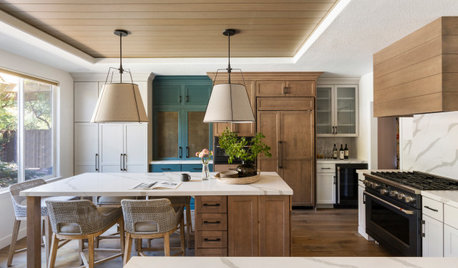
WORKING WITH PROS6 Reasons to Hire a Home Design Professional
Doing a construction project without an architect, a designer or a design-build pro can be a missed opportunity
Full Story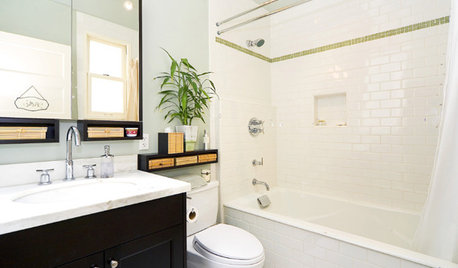
BATHROOM DESIGN7 Tile Tips for Baths on a Budget
How to Add Style to Your Bathroom Without Breaking the Budget
Full Story
HOUZZ TV FAVORITESHouzz TV: Life, Love and Purpose Down on the Farm
A Missouri native proves that you can go home again — and discover something entirely unexpected
Full Story
REMODELING GUIDESWhy Marble Might Be Wrong for Your Bathroom
You love its beauty and instant high-quality appeal, but bathroom marble has its drawbacks. Here's what to know before you buy
Full Story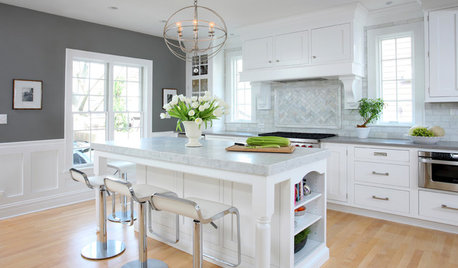
KITCHEN DESIGNHow to Add a Kitchen Backsplash
Great project: Install glass, tile or another decorative material for a gorgeous and protective backsplash
Full Story
TILEEpoxy vs. Cement Grout — What's the Difference?
Grout is grout, right? Nope. Cement and epoxy versions have different appearances, durability and rules of installation
Full Story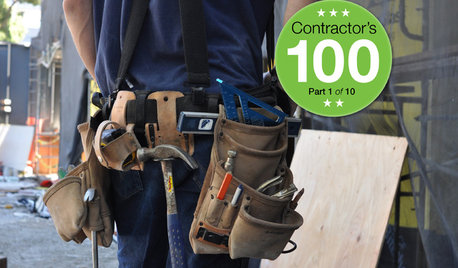
MOST POPULARContractor Tips: Top 10 Home Remodeling Don'ts
Help your home renovation go smoothly and stay on budget with this wise advice from a pro
Full Story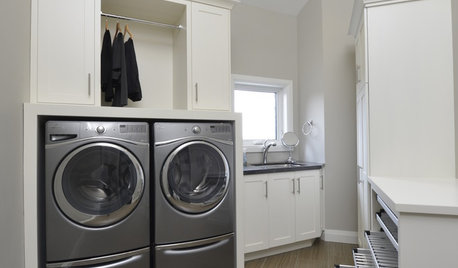
MOST POPULAR10 Smart Ideas for Your Laundry Room Remodel
Make washing and drying easier and more comfortable by considering ergonomics, storage and special features
Full Story






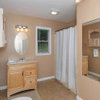


MongoCT